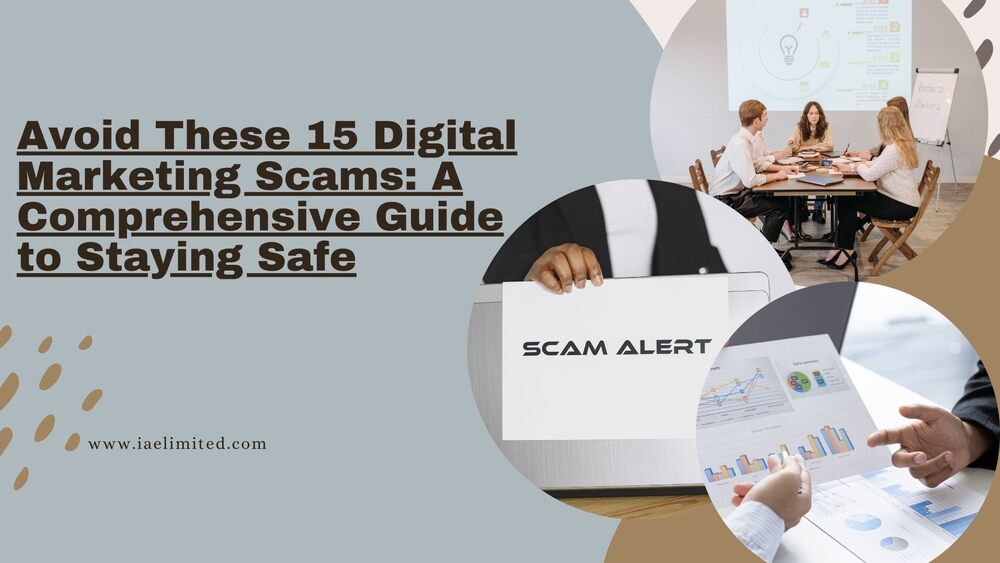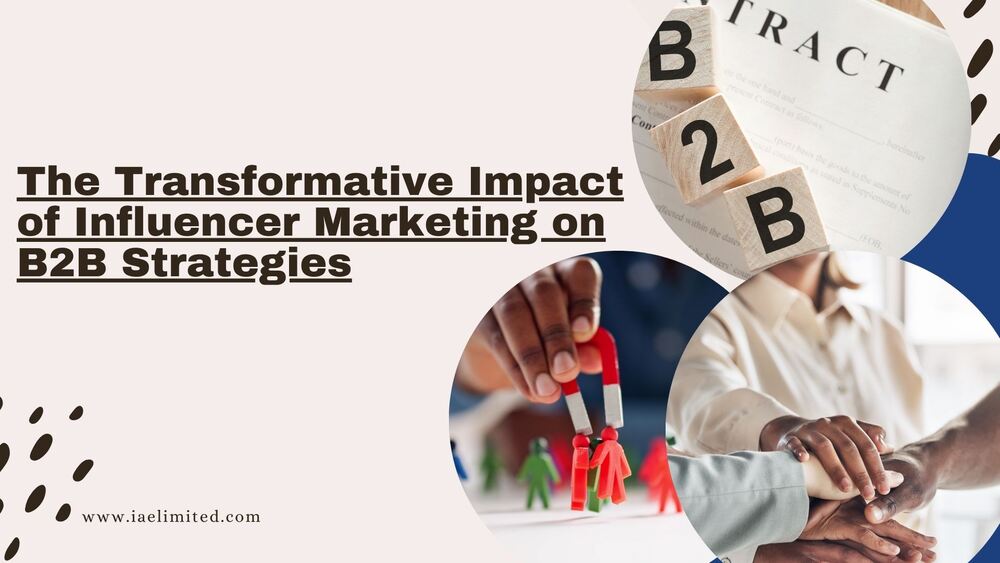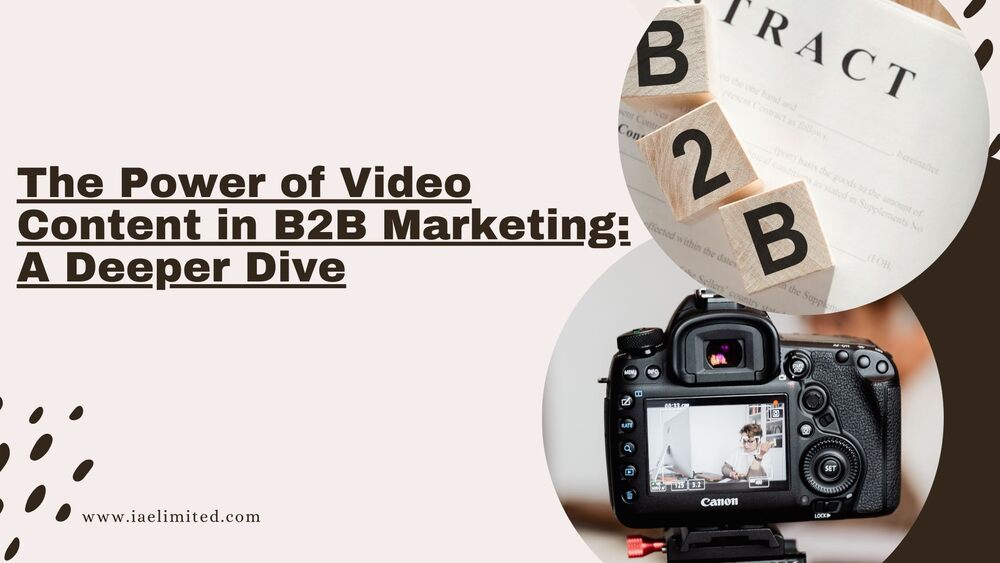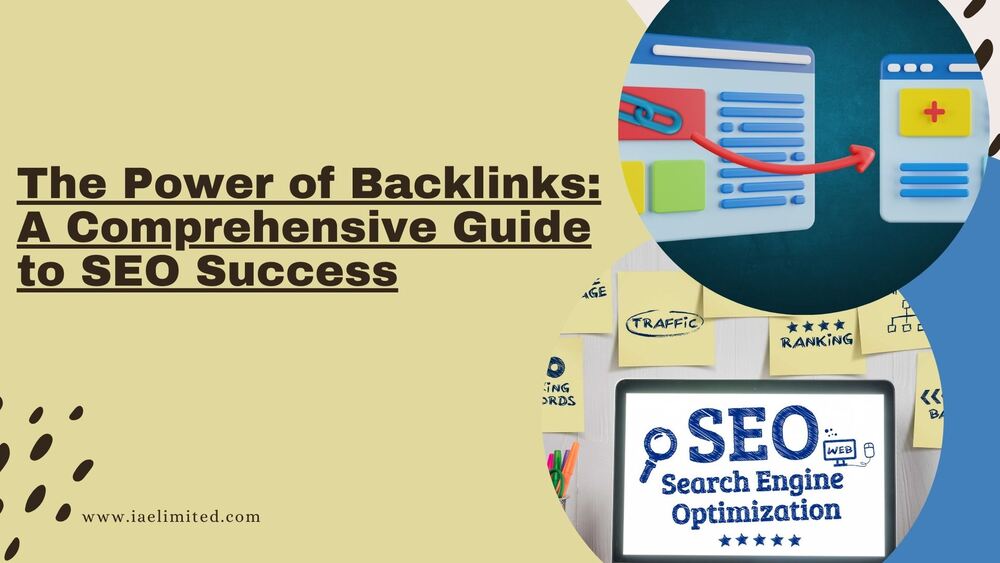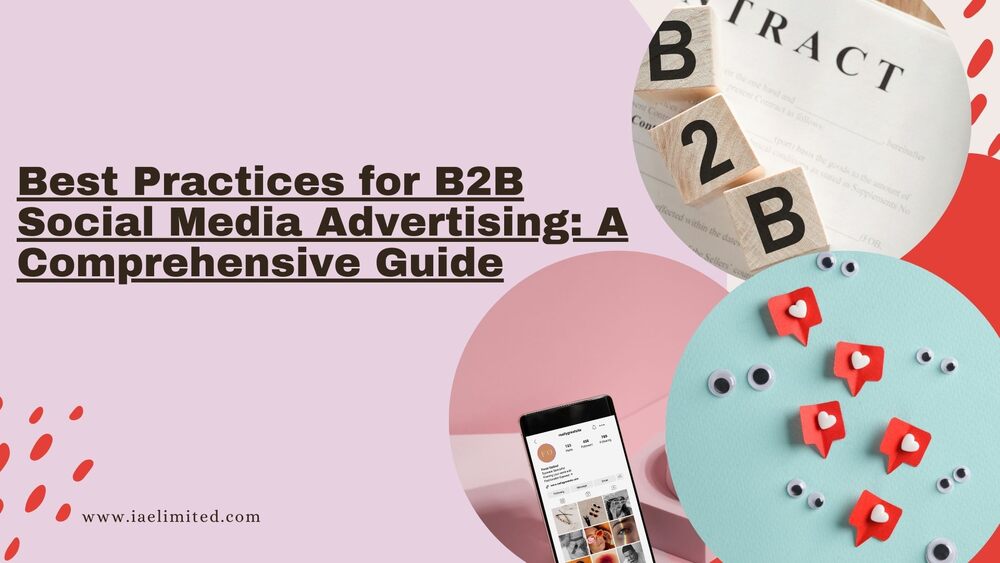
Introduction
Table of Contents
In today’s digital landscape, social media plays a crucial role in B2B advertising. Companies can connect with their audience, build brand awareness, and drive leads through strategic social media campaigns.
This guide will explore best practices for B2B social media advertising, helping you maximize your marketing efforts.
Understanding B2B Social Media Advertising
What is B2B Social Media Advertising?
B2B social media advertising involves promoting products or services to other businesses using social media platforms. This approach is tailored to target professionals and decision-makers rather than individual consumers.
Differences Between B2B and B2C Advertising
Understanding the differences between B2B and B2C advertising is key. In B2B:
- Target Audience: The focus is on businesses and organizations rather than individuals.
- Messaging Strategies: B2B messages are often more informational and focus on problem-solving, whereas B2C messaging tends to be more emotional and brand-focused.
Want to study more on the differences between B2B and B2C marketing? checkout this article to to find out more.
Setting the Foundation for Success
Defining Your Goals and Objectives
Before launching a campaign, it’s essential to set clear goals. Common objectives in B2B advertising include:
- Brand Awareness: Increasing visibility among your target audience.
- Lead Generation: Attracting potential customers to your business.
- Customer Engagement: Encouraging interaction with your brand.
Identifying Your Target Audience
Creating detailed buyer personas can significantly improve your advertising efforts. Consider demographics, industry, company size, and pain points to develop a comprehensive understanding of your audience.
Choosing the Right Social Media Platforms
Overview of Popular Platforms for B2B
Not all social media platforms are created equal for B2B marketing. Here are some popular options:
- LinkedIn: The leading platform for professionals and businesses.
- Twitter: Good for real-time engagement and industry news.
- Facebook: Useful for community building and ad targeting.
- Instagram: Great for visual storytelling, especially for brands with a strong visual component.
Criteria for Selecting Platforms
When choosing platforms, consider the following:
- Audience Demographics: Ensure the platform aligns with your target market.
- Content Format Suitability: Select platforms that support your preferred content formats, whether that’s articles, videos, or images.
Crafting Effective Content
Types of Content That Work Best for B2B
Creating compelling content is essential for engaging your audience. Here are some effective types:
- Educational Content: Articles and guides that provide value and insights.
- Case Studies: Real-life examples demonstrating your product’s effectiveness.
- Infographics: Visual representations of data that are easy to digest.
- Video Content: Engaging videos can explain complex topics or showcase products.
Creating a Content Calendar
A well-structured content calendar helps maintain consistency. Plan for regular posts and consider seasonal trends or industry events to ensure your content remains relevant.
Engaging Your Audience
Strategies for Increasing Engagement
Engaging your audience is vital for building relationships. Here are some strategies:
- Interactive Content: Quizzes, polls, and surveys can prompt audience participation.
- User-Generated Content: Encourage your audience to share their experiences with your brand.
Building a Community
Fostering a sense of community can lead to loyal followers. Consider:
- Utilizing Groups and Forums: Create spaces where your audience can discuss topics relevant to your industry.
- Engaging with Comments and Messages: Responding promptly to inquiries fosters goodwill and trust.
Leveraging Paid Advertising
Types of Paid Advertising Options
Paid advertising can amplify your reach. Common options include:
- Sponsored Content: Promoted posts on social media platforms.
- Display Ads: Visual ads that appear on websites and social media.
- Retargeting Campaigns: Ads targeted at users who have previously interacted with your brand.
Budgeting for Social Media Ads
Setting a realistic budget is crucial. Consider:
- Setting a Budget: Define how much you can afford to spend each month.
- Measuring ROI: Regularly assess the return on your investment to ensure your campaigns are cost-effective.
Analyzing and Optimizing Campaigns
Key Metrics to Track
Monitoring the right metrics can guide your strategy. Key metrics include:
- Engagement Rates: Likes, shares, and comments on your posts.
- Conversion Rates: The percentage of visitors who take a desired action.
- Cost per Lead: The amount you spend to acquire a new lead.
Tools for Analytics
Utilizing analytics tools can simplify tracking. Consider platform-specific tools like Facebook Insights or third-party tools like Google Analytics to gather data effectively.
Making Data-Driven Decisions
Use the insights you gain to improve future campaigns. Techniques include:
- A/B Testing: Experiment with different ad formats and messages to see what works best.
- Iterative Improvements: Regularly refine your approach based on performance data.
Staying Ahead of Trends
Current Trends in B2B Social Media Advertising
Keeping an eye on trends can give you a competitive edge. Currently, video marketing and influencer partnerships are gaining traction.
Future Predictions for B2B Advertising
Looking ahead, expect increased use of automation and AI in advertising. Additionally, new platforms may emerge, altering the landscape of B2B marketing.
Compliance and Best Practices
Understanding Advertising Policies
Each social media platform has specific advertising policies. Familiarize yourself with these to avoid issues. This resource provides a comprehensive overview of advertising guidelines.
Maintaining Brand Integrity
Consistency is key in maintaining brand integrity. Focus on:
- Consistent Messaging: Ensure your tone and style are uniform across all platforms.
- Crisis Management Strategies: Be prepared to respond swiftly to any negative feedback or issues that arise.
Summary
In summary, B2B social media advertising is a powerful tool for businesses seeking to enhance their marketing strategies. By understanding your audience, choosing the right platforms, crafting engaging content, and analyzing performance, you can create successful campaigns that drive results.
Frequently Asked Questions (FAQs)

- What are the best platforms for B2B social media advertising?
LinkedIn and Twitter are highly effective for B2B, but the best choice depends on your audience. - How do I measure the success of my B2B social media campaigns?
Track metrics like engagement rates, conversion rates, and ROI to assess campaign effectiveness. - What types of content should I prioritize for B2B audiences?
Focus on educational content, case studies, and infographics that provide value. - How much should I budget for social media advertising?
Your budget will vary based on goals and resources; start with a figure you’re comfortable with and adjust based on performance. - What are common mistakes to avoid in B2B social media advertising?
Avoid neglecting audience research, inconsistent messaging, and ignoring analytics.
